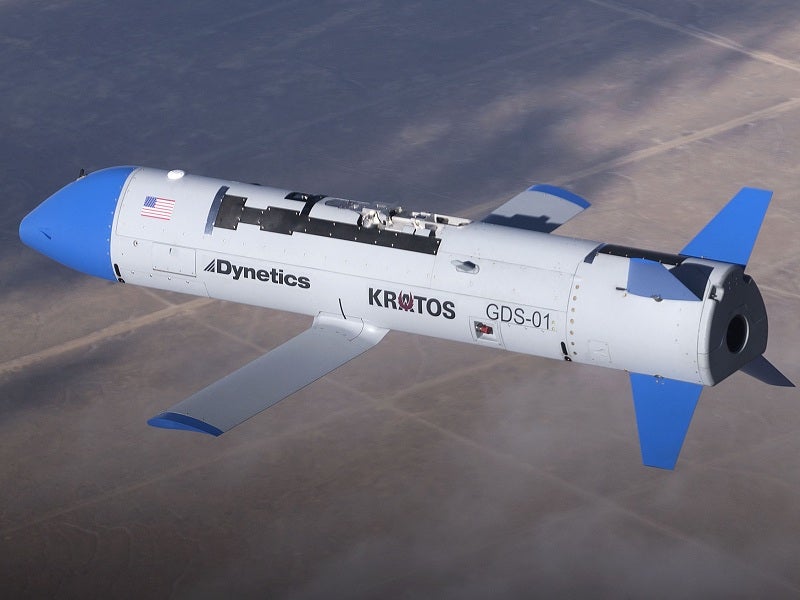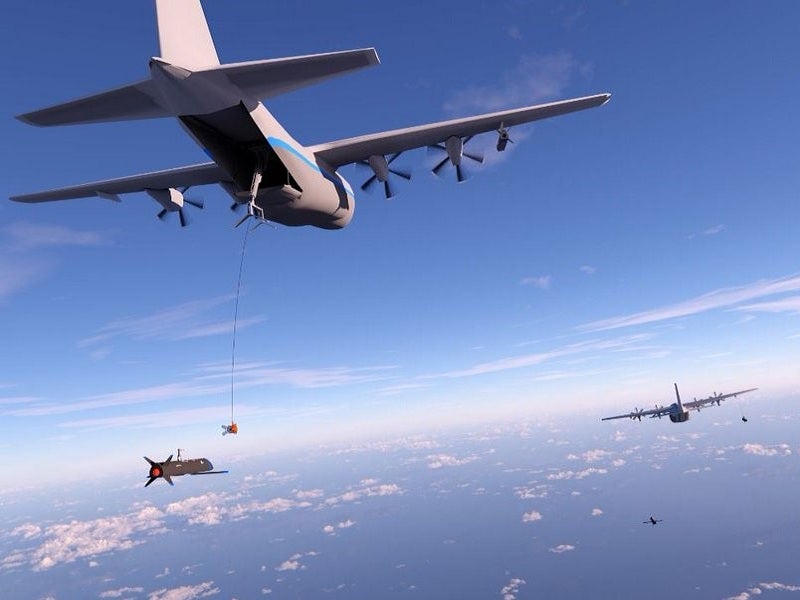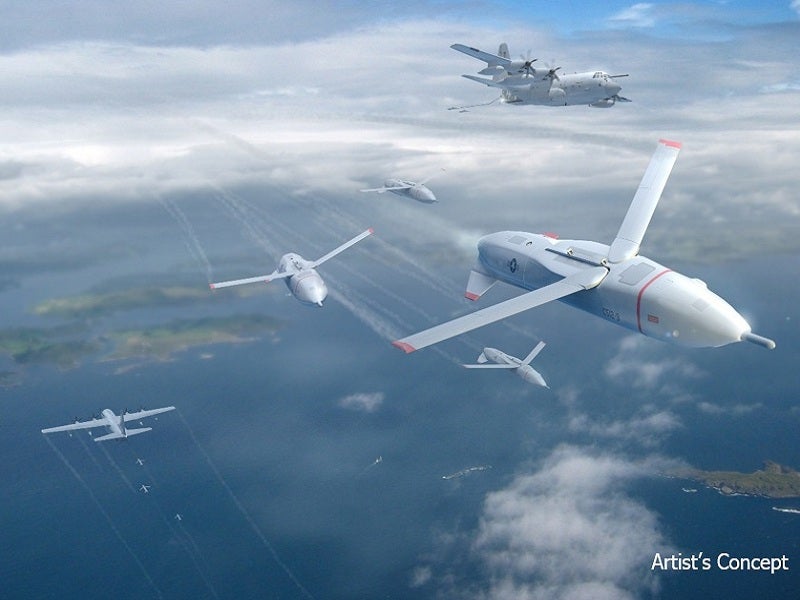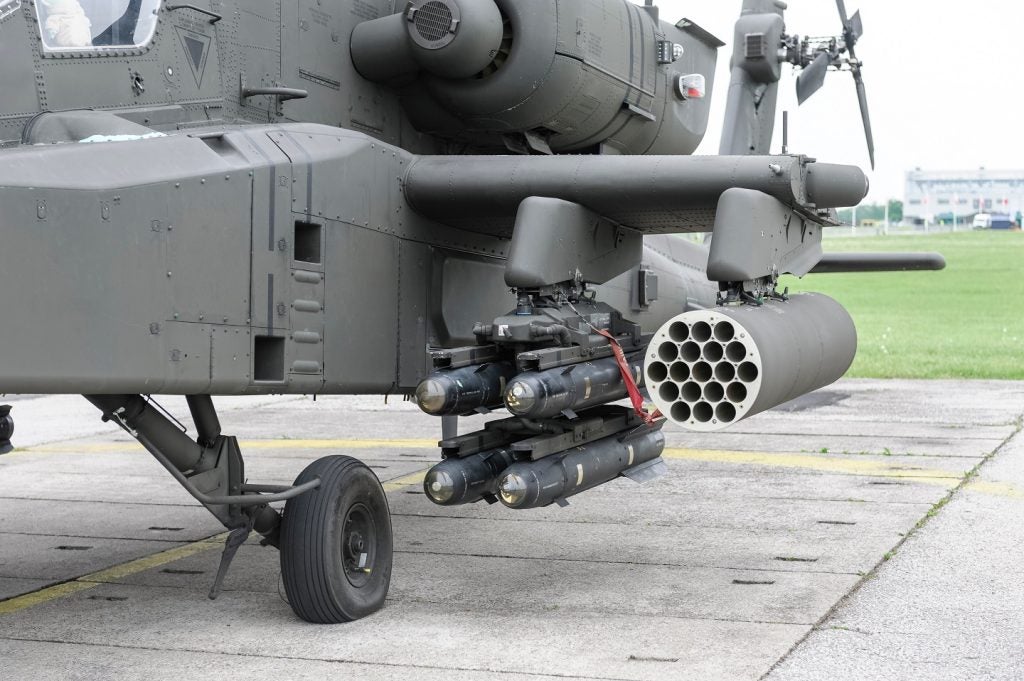X-61A Gremlins is a new unmanned air vehicle (UAV) being developed by the Dynetics Gremlins team for the Defense Advanced Research Projects Agency (DARPA) Gremlins programme.
The Dynetics Gremlins team includes Kratos Unmanned Aerial Systems, Airborne Systems, Applied Systems Engineering, Kutta Technologies, Moog, Sierra Nevada Corporation, Systima Technologies, and Williams International.
The new air vehicle can be integrated with the strike, reconnaissance, and cargo aircraft, as well as ground support systems operational with the US Armed Forces. It is intended to support intelligence, surveillance and reconnaissance (ISR), mobile target attack, suppression of enemy air defences (SEAD), and close air support (CAS) missions.
X-61A Gremlins development
The platform is intended to demonstrate low-cost airframe design, launch and recovery methods, digital flight control, and navigation systems, as well as aircraft integration concepts.
The Dynetics team along with four other contenders was awarded the Phase I contract in 2016. Two companies were preferred under Phase 2 in March 2017, while Dynetics was awarded the Phase III contract in April 2018.
Gremlins air vehicle completed a captive-carry mission on a C-130A aircraft in November 2019.
The UAV made its first flight at Dugway Proving Ground near Salt Lake City in January 2020. It was successfully launched from a C-130A aircraft during the test.
The second flight test of the air vehicle is scheduled to take place at Dugway Proving Ground in the spring of 2020.
X-61A Gremlins design and features
X-61A is a reusable unmanned platform designed to deliver a new distributed airborne capability in denied environments. Its payload and propulsion systems can be reused, while the low-cost airframe and other subsystems can be replaced at end-of-life.
The air vehicle can be recovered by a C-130 transport aircraft upon completion of its mission. It is then transported to a base of operations where the components can be refurbished for next deployment within 24 hours.
The open architecture of the system allows the integration of future payloads, communication systems and mission packages. The modular design requires nominal maintenance and results in a small logistics footprint.
X-61A measures 4.2m long, 0.57m wide and 0.52m high. The wingspan of the air vehicle with supercritical air foil is 3.47m. The UAV has a gross vehicle weight of 680kg.
Payload aboard X-61A Gremlins
The air vehicle can carry electro-optical/infrared (EO/IR) imaging systems, synthetic aperture radar (SAR), laser designator, electronic warfare support (EWS), electronic attack, and kinetic payloads. The maximum payload capacity of the X-61A air vehicle is 65.7kg.
The X-61A requires 1.2kW payload power. It will be compatible with existing armament loaders and other ground support equipment and systems. The platform can be launched from aircraft through wing pylons or rotary launchers.
Command and control of Gremlins air vehicle
The operations of X-61A Gremlin air vehicle can be managed by air and ground operator control stations.
The UAV uses an anti-jam network for distributed detection, data sharing and coordination during missions.
X-61A Gremlins performance
The air vehicle has a maximum cruise speed of Mach 0.6. It can be launched from a maximum altitude of 40,000ft and recovered at a maximum altitude of 20,000ft.
It can loiter for a maximum of four hours with a mission radius of 25nm.
The UAV covers a maximum mission radius of 300nm with a loiter time of one hour.
Up to four air vehicles can be launched from the aircraft, while a maximum of eight platforms can be recovered.










